If you’re wondering how to make a dog with a slipped disc comfortable, you’re not alone. Many dog owners face this challenging situation when their beloved pet experiences a slipped disc, which falls under the broader category of dog medical issues and treatments. A slipped disc can cause significant pain and discomfort for your furry friend, making it crucial to manage your dog’s pain through medication and rest to ensure their well-being and recovery.
In this article, we’ll provide you with 10 essential tips to help you create a comfortable environment for your dog during this difficult time. From making necessary adjustments to their living space to providing the right support and care, we’ll guide you through the process of helping your dog manage their slipped disc and promote healing. By implementing these strategies, you can make a significant difference in your dog’s comfort level and overall quality of life.
Key Takeaway
- Intervertebral disc disease (IVDD) is a painful condition that affects many dogs, especially certain breeds like Dachshunds, French Bulldogs, and Pugs. The most commonly affected breeds include those with short legs, such as Dachshunds, Shi Tzu, and Pekingese, highlighting the genetic factors contributing to the condition.
- Making a dog with a slipped disc comfortable involves pain management, limiting activity, providing a supportive environment, and working closely with a vet.
- Conservative treatment, including strict rest and pain medication, can help many dogs in the early stages, while severe cases may require surgery.
- With proper care, dogs with IVDD can still enjoy a good quality of life.
Understanding Intervertebral Disc Disease (IVDD) and Slipped Discs in Dogs
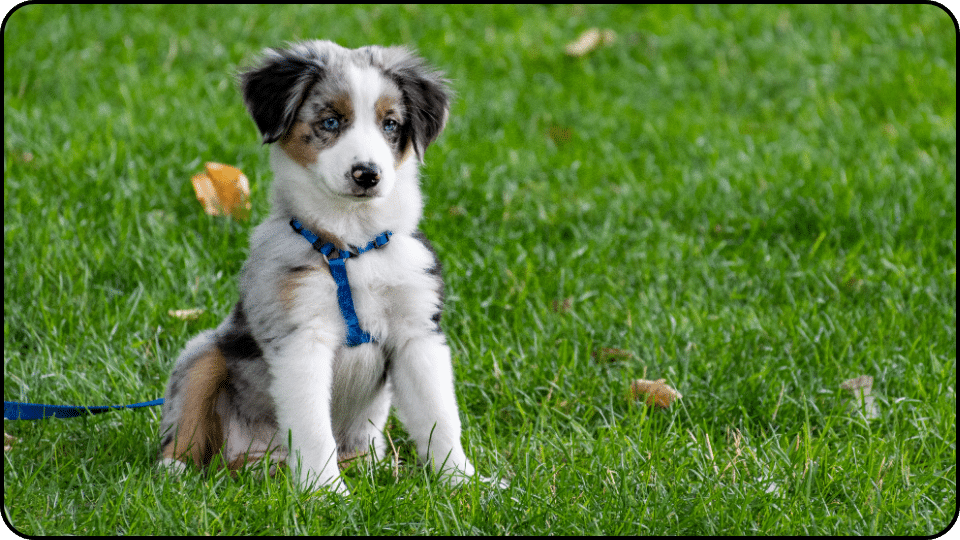
Intervertebral disc disease (IVDD) occurs when the intervertebral discs between a dog’s vertebrae bulge or rupture. This condition puts pressure on the spinal cord, leading to significant pain and discomfort. It’s a common issue in dogs, especially in certain breeds.
IVDD and slipped discs are most prevalent in chondrodystrophic breeds. These include Dachshunds, French Bulldogs, Pugs, and Shih Tzus. Some small dogs are also commonly affected. These breeds are among the most commonly affected breeds due to their genetic predisposition to develop this painful condition, which can severely impact their quality of life.
When disc material protrudes into the spinal canal, it can compress the spinal cord and nerves. This compression leads to a range of symptoms. Dogs may experience pain, weakness, and in severe cases, even paralysis. Recognizing these clinical signs early is crucial for effective treatment and recovery.
Here’s a quick look at some commonly affected breeds and their susceptibility to IVDD:
| Breed | Susceptibility to IVDD |
|---|---|
| Dachshunds | High |
| French Bulldogs | Moderate |
| Pugs | Moderate |
| Shih Tzus | Moderate |
| Small Dogs | Varies |
Understanding the risk factors and symptoms associated with IVDD can help in managing the condition effectively. Early intervention and appropriate care can significantly improve a dog’s recovery and overall well-being.
Managing Pain and Discomfort from a Slipped Disc
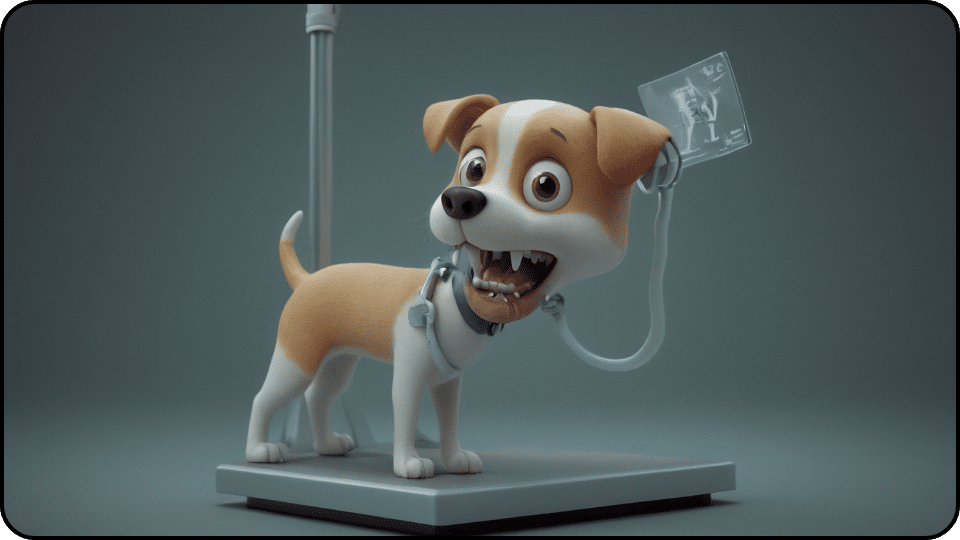
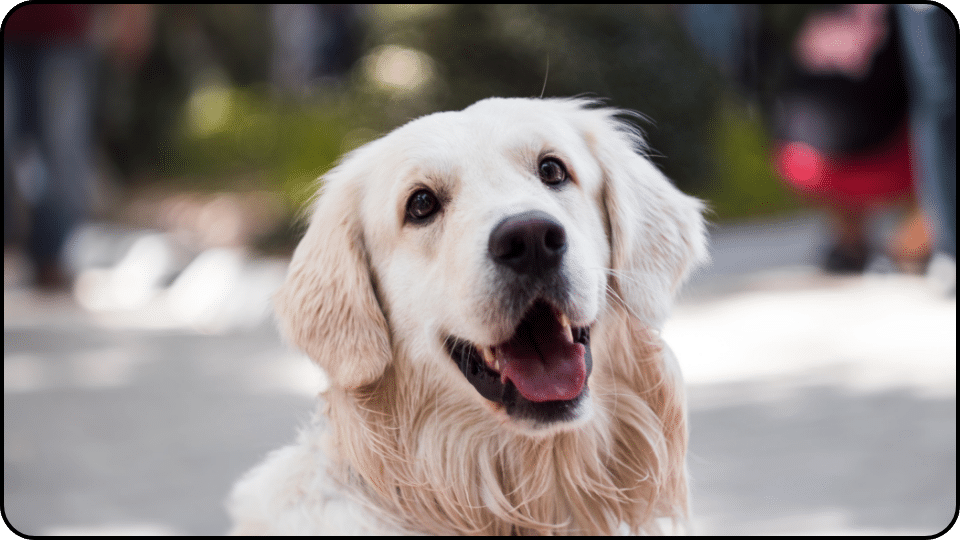
Pain management is essential for dogs with intervertebral disc disease (IVDD) to alleviate a dog’s pain and promote healing. Collaborate closely with your veterinarian to determine the most effective pain medications for your dog’s specific condition. Commonly prescribed pain relief options include NSAIDs, which help reduce inflammation, and opioids for more severe pain. Muscle relaxants may also be recommended to ease muscle spasms and discomfort.
Conservative treatment usually involves strict rest to allow the slipped disc to heal. Limiting your dog’s activity is crucial during this period. Anti-inflammatory drugs play a vital role in reducing swelling and pain, making your dog more comfortable. The goal is to minimize movement and stress on the spine, facilitating natural healing.
In cases where dogs experience severe pain or progressive symptoms, surgical treatment may be necessary. Surgery aims to remove the herniated disc material and decompress the spinal cord. This procedure can significantly improve your dog’s quality of life by alleviating pain and restoring mobility. Discuss the potential benefits and risks of surgery with your vet to make an informed decision.
Here’s a quick comparison of treatment options:
| Treatment Option | Purpose | When to Use |
|---|---|---|
| Pain Medications | Alleviate pain and reduce inflammation | Mild to moderate cases |
| Strict Rest | Allow natural healing of the slipped disc | Early stages or conservative approach |
| Surgery | Remove herniated disc material | Severe pain or progressive symptoms |
By understanding these treatment options and working closely with your veterinarian, you can ensure the best possible care for your dog with a slipped disc.
Pain Medication Options for Dogs with IVDD
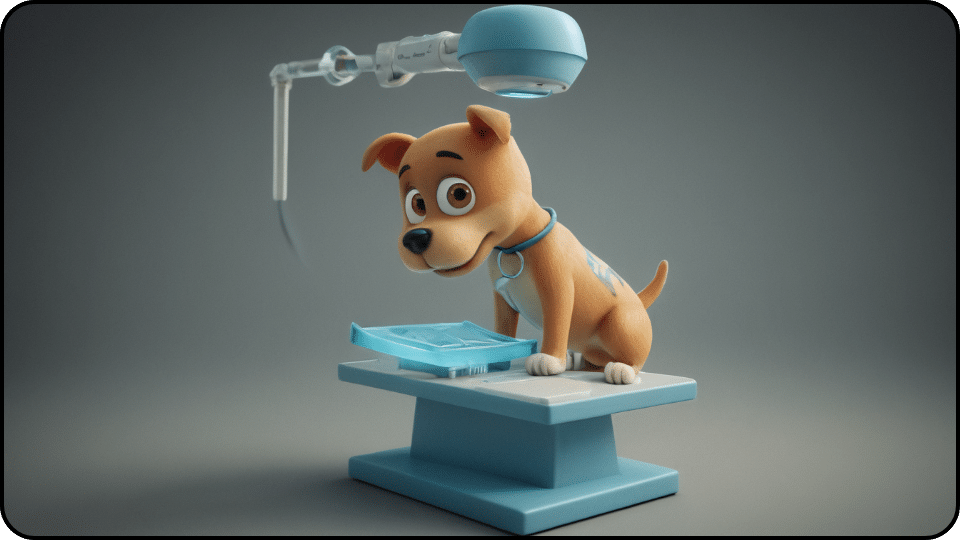
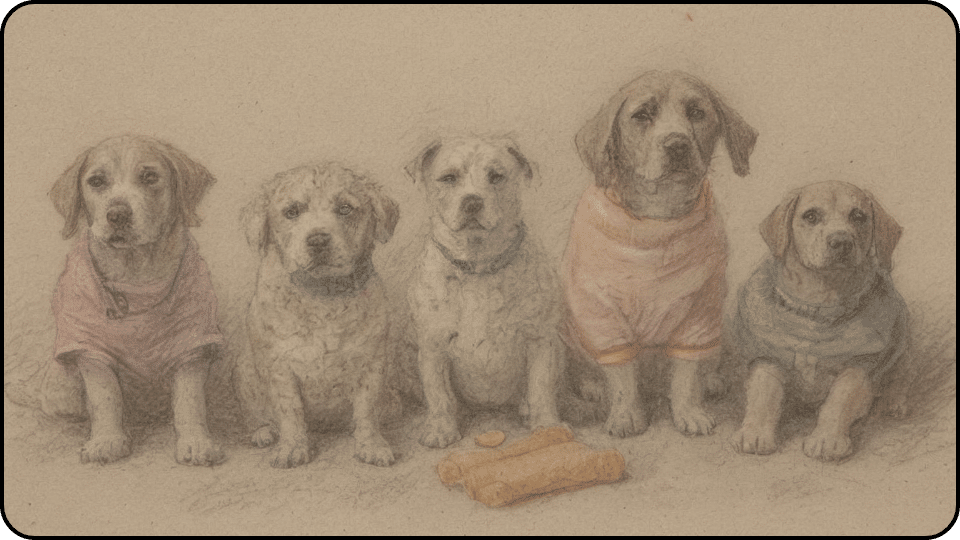
NSAIDs and other anti-inflammatory medications are essential for managing a slipped disc or intervertebral disc disease (IVDD) in dogs. These medications work by reducing inflammation and alleviating pain. They are often the first line of defense in treating mild to moderate cases. It is crucial to follow your veterinarian’s dosage recommendations to avoid potential side effects.
Muscle relaxants can also be beneficial for dogs suffering from muscle spasms due to a slipped disc. These medications help ease tension and discomfort in the back muscles, providing additional pain relief. By reducing muscle spasms, they contribute to a more comfortable recovery process for your dog. Discuss with your vet if muscle relaxants are suitable for your dog’s condition.
For dogs experiencing severe pain, especially after surgery, opioids and other strong pain medications may be necessary. These medications are powerful and can provide significant relief for dogs in intense pain. However, they should be used under strict veterinary supervision due to their potency and potential for side effects. Your vet will determine the appropriate type and dosage based on your dog’s specific needs.
Here’s a quick overview of pain medication options:
| Medication Type | Purpose | When to Use |
|---|---|---|
| NSAIDs | Reduce inflammation and alleviate pain | Mild to moderate cases |
| Muscle Relaxants | Ease muscle spasms and discomfort | Cases with muscle tension or spasms |
| Opioids | Provide significant pain relief | Severe pain, particularly post-surgery |
By understanding these medication options and working closely with your veterinarian, you can ensure your dog receives the best possible care for managing pain associated with a slipped disc or IVDD.
Providing a Comfortable, Supportive Environment

Strict rest in a confined, comfortable space is crucial for the healing of a slipped disc in dogs. Create a cozy environment by providing a soft, supportive bed. This helps alleviate pressure on the spine and minimizes discomfort. Limit your dog’s movement to prevent further injury. A calm and quiet area is ideal for recovery.
For dogs experiencing mobility issues or hind leg weakness, a lifting harness can be a lifesaver. This tool assists in moving your dog without putting additional pressure on the spine. It provides support and stability, making it easier for you to help your dog navigate their surroundings. Consider using a harness during bathroom breaks or short, controlled walks to relieve weight from the hind legs and reduce strain on the back.
Ensure your dog has easy access to essential resources like food, water, and a designated bathroom area. This setup reduces the need for unnecessary movement, which is vital during recovery. Keep food and water bowls within reach to avoid straining. You might also consider using non-slip mats around these areas to prevent slipping and sliding, which could exacerbate spinal issues.
Here’s a quick checklist to ensure your dog’s comfort during recovery:
- Provide a soft, supportive bed in a quiet space.
- Use a lifting harness for mobility assistance.
- Ensure easy access to food, water, and bathroom areas.
- Utilize non-slip mats for added safety.
By following these steps, you can significantly enhance your dog’s comfort and support their recovery from a slipped disc.
Limiting Physical Activity During IVDD Recovery
Restricting your dog’s activity is essential to allow the slipped disc and inflamed nerves to heal. Too much movement can lead to further injury, exacerbating the condition. Keep your dog calm and limit their physical activity to ensure a smooth recovery process.
Short, gentle walks on a leash for bathroom breaks are usually acceptable. However, it’s crucial to avoid activities that could strain the spine, such as jumping, running, or playing. Stairs should be off-limits during the recovery period to prevent additional stress on the spine. Always supervise these short outings to ensure your dog doesn’t overexert themselves.
As your dog begins to heal, follow your vet’s recommendations for gradually increasing activity. This gradual increase helps rebuild strength without risking further damage. Physical therapy can be a valuable tool in this process, aiding in the improvement of strength and mobility. Techniques like passive range of motion exercises and hydrotherapy can be beneficial.
Here’s a quick checklist to guide you through this phase:
- Limit activity to short, controlled walks for bathroom breaks.
- Avoid stairs, jumping, and running.
- Gradually increase activity as advised by your vet.
- Consider physical therapy to enhance recovery.
By carefully managing your dog’s activity and following these guidelines, you can support their recovery and help them regain mobility safely.
Nutrition, Hydration, and Weight Management

Proper nutrition is crucial for a dog’s recovery from a slipped disc. Feeding a balanced, nutritious diet supports healing and overall well-being. High-quality protein, healthy fats, and essential vitamins and minerals can aid in tissue repair and strengthen the immune system. Consider consulting with your vet to choose a diet that meets your dog’s specific needs during this recovery phase.
Hydration is equally important. Ensure your dog has constant access to fresh water to stay well-hydrated. Some dogs with intervertebral disc disease (IVDD) may struggle with mobility, making it harder for them to reach their water bowl. In such cases, you might need to assist them in drinking or providing water in accessible locations. Proper hydration aids in maintaining bodily functions and supports the healing process.
If your dog is overweight, it’s vital to address this issue. Excess weight places additional strain on the spine and discs, potentially worsening the condition. Work with your veterinarian to develop a gradual weight loss plan. This plan may include portion control, selecting lower-calorie foods, and incorporating gentle exercises as your dog recovers. Keeping your dog at a healthy weight can prevent further injury and promote a more comfortable recovery.
Here’s a quick checklist to support your dog’s nutrition and hydration during recovery:
- Provide a balanced diet rich in protein, fats, and essential nutrients.
- Ensure easy access to fresh water at all times.
- Assist with drinking if mobility is an issue.
- Develop a weight management plan with your vet if necessary.
By focusing on nutrition, hydration, and weight management, you can significantly enhance your dog’s recovery and overall well-being during this challenging time.
Rehabilitation, Physiotherapy, and Conservative Management
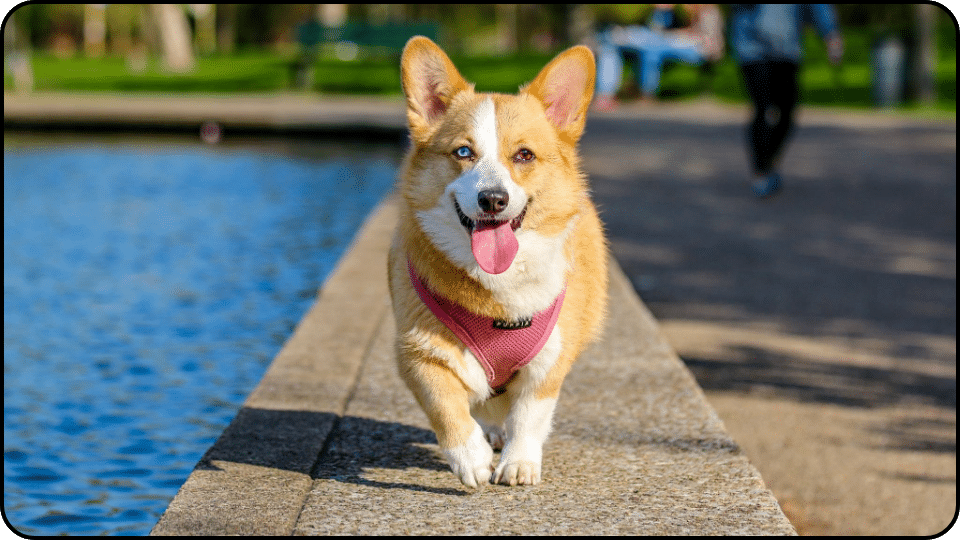
Physical therapy and controlled exercises play a vital role in helping dogs with intervertebral disc disease (IVDD) regain strength and mobility. These exercises are designed to be gentle yet effective. Techniques like passive range of motion can help maintain joint flexibility. Balance exercises improve stability and coordination. Hydrotherapy provides a low-impact way to strengthen muscles while reducing strain on the spine. These therapies can significantly enhance a dog’s recovery process.
Complementary therapies, such as acupuncture and cold laser therapy, can also aid in IVDD recovery. Acupuncture involves inserting thin needles into specific points on the body to relieve pain and improve circulation. Cold laser therapy uses low-level lasers to stimulate healing and reduce inflammation. Both treatments can be beneficial in managing pain and promoting healing. Consult your veterinarian to determine if these therapies are suitable for your dog’s condition.
For dogs with mild IVDD caught in the early stages, conservative management is often effective. This approach typically involves 4-6 weeks of strict rest to allow the slipped disc to heal naturally. During this time, anti-inflammatory medications are used to reduce swelling and alleviate pain. Gradual return to activity is essential to prevent further damage. Follow your vet’s guidance to ensure a safe and successful recovery.
Here’s a quick overview of conservative management steps:
- Strict rest for 4-6 weeks to promote healing.
- Use of anti-inflammatory medications to reduce pain and swelling.
- Gradual reintroduction of activity under veterinary guidance.
By incorporating physical therapy, complementary therapies, and conservative management, you can support your dog’s recovery from a slipped disc and improve their overall well-being.
Protecting the Spine and Preventing Further Injury
Avoiding Activities that Strain the Spine
Avoiding activities that strain your dog’s spine is crucial for their recovery. Jumping on or off furniture, engaging in rough play, and navigating stairs can exacerbate their condition. Instead, use ramps to help them move between levels or lift them gently when necessary. This approach minimizes the risk of further spinal cord compression and promotes healing.
Using a Lifting Harness
A lifting harness can be an invaluable tool for assisting your dog. Positioned under the chest and belly, it allows you to move your dog without putting undue pressure on their back. Avoid pulling on their neck or collar, as this can cause additional stress on the spine. A harness provides support and stability, making it easier for you to help your dog move around safely.
Limiting Movement within the Home
Limiting your dog’s movement within the home is also essential. Slippery floors can be hazardous, so confine them to a small, carpeted room or use yoga mats and rugs to provide traction. This setup prevents slipping and sliding, which can lead to further injury. Ensuring a secure environment helps in alleviating discomfort and supports your dog’s recovery.
Quick Checklist to Protect Your Dog’s Spine
Here’s a quick checklist to protect your dog’s spine:
- Use ramps or lift your dog to avoid jumping.
- Utilize a lifting harness for safe movement.
- Confine your dog to carpeted areas or use mats for traction.
- Keep your dog’s movement limited to prevent further injury.
By following these guidelines, you can create a safe and supportive environment that aids in your dog’s recovery from a slipped disc.
Monitoring Your Dog’s Progress and When to See a Vet
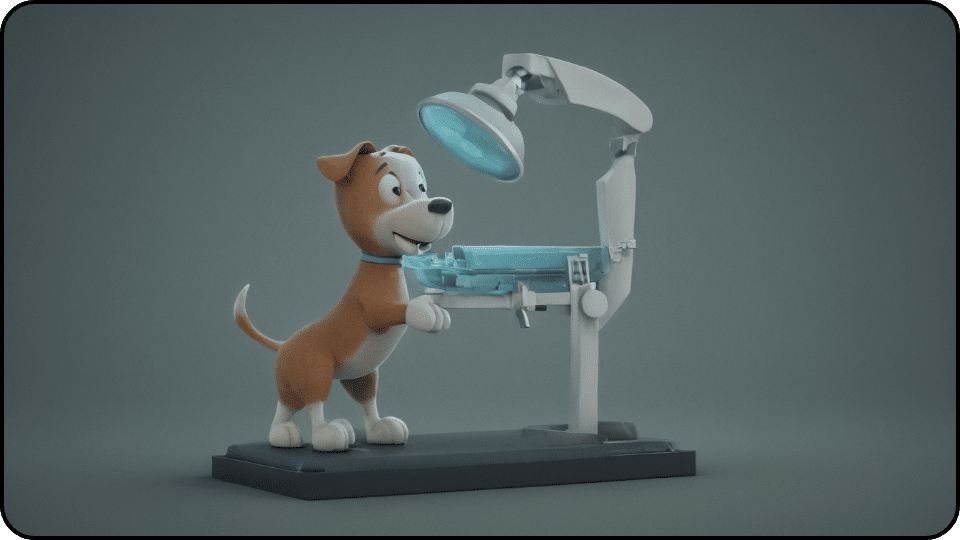
It’s essential to keep a close eye on your dog’s symptoms and mobility. Monitoring changes can help catch any issues early. If you notice worsening pain, weakness, or an inability to walk, it’s crucial to take your dog to the vet immediately. Prompt action can prevent further deterioration and ensure your dog receives the necessary care.
Regular veterinary check-ups are vital for tracking your dog’s progress. Work with your vet to adjust the treatment plan as needed. These rechecks allow for timely interventions, ensuring your dog stays on the path to recovery. Your vet might suggest changes in medication, activity levels, or other aspects of care based on these evaluations.
Advanced imaging techniques like X-rays, CT scans, or magnetic resonance imaging (MRI) may be required to accurately diagnose intervertebral disc disease (IVDD) and assess its severity. These tools provide detailed insights into the spinal structure, helping identify any disc material protruding into the spinal canal. Your vet may refer you to a specialist for further tests if necessary. Here’s a quick look at some common imaging techniques:
| Imaging Technique | Purpose |
|---|---|
| X-rays | Initial assessment of bone structure |
| CT Scan | Detailed cross-sectional views of the spine |
| MRI | A comprehensive view of soft tissues and discs |
By staying vigilant and collaborating closely with your vet, you can effectively manage your dog’s condition and enhance their recovery. Early detection and appropriate care are key to maintaining your dog’s overall well-being and quality of life.
Providing Emotional Support and Maintaining Quality of Life
Dealing with intervertebral disc disease (IVDD) can be a stressful experience for both you and your dog. Providing plenty of affection and reassurance is key to keeping your dog calm and comfortable. Dogs are sensitive to their owner’s emotions, so maintaining a positive and soothing demeanor can help alleviate their anxiety. Spend time petting and talking to your dog gently, reinforcing that they are safe and loved during their recovery.
Maintaining your dog’s normal routine as much as possible is beneficial. Consistency provides a sense of security and normalcy. However, it’s important to incorporate extra attention and tender loving care (TLC) during this challenging time. Mental stimulation is crucial for your dog’s overall well-being. Engage them with gentle activities that don’t require much physical exertion, like puzzle toys or scent games. These activities can keep their mind occupied and distract them from discomfort.
With proper care, pain management, and rehabilitation, most dogs with IVDD can still enjoy a good quality of life. It’s important to follow your veterinarian’s advice closely and be patient with the recovery process. Celebrate the small victories in recovery, such as improved mobility or reduced pain, as these milestones can boost your morale and your dog’s spirits. Stay positive, and remember that your support plays a significant role in your dog’s recovery journey.
Here’s a quick checklist to support your dog emotionally:
- Spend quality time with your dog to provide comfort.
- Maintain a consistent daily routine with added TLC.
- Use gentle mental stimulation activities to keep them engaged.
- Celebrate small recovery milestones to stay motivated.
By focusing on emotional support and maintaining a positive environment, you can significantly enhance your dog’s recovery experience and ensure they feel loved and secure throughout the process.
Final Thought
Intervertebral disc disease is a challenging condition for dogs and their owners, but with prompt veterinary care, targeted therapies, and a lot of TLC, most dogs can recover well and enjoy a good quality of life. The key is recognizing the signs early, restricting activity to allow healing, managing pain, and working closely with your vet to give your dog the best chance at a full recovery. It takes patience and commitment, but seeing your furry friend get back to their happy, active self makes it all worthwhile.
FAQs & Quick Answers
What is a slipped disc in dogs?
The intervertebral disc is situated between a vertebra and a pet’s backbone. These discs act as cushioned junctions that absorb shock when dogs move. Intervertebral disc disease occurs when the disc loses its spongy nature, stretches, and compresses the spinal cord. Depending on the location of the compression, this can impair movement.
What are secondary spinal cord injury and myelomalacia?
Secondary spinal cord injuries encompass inflammation, swelling, and damage to nerve cells resulting from spinal cord sprains. Myelomalacia, although a rare and severe type of secondary spinal cord injury, can lead to permanent degeneration or weakening of the spinal cord. This condition occurs when the initial injury in the spinal cord progresses into the spinal canal. It is most commonly observed in patients with paralysis. Fortunately, myelomalacia is extremely rare in dogs.
How are slipped discs diagnosed in dogs?
Slipped discs in dogs are diagnosed through a combination of clinical examination and advanced imaging techniques, including magnetic resonance imaging. Vets often use X-rays, CT scans, or MRI scans to visualize the spine and identify any disc material protruding into the spinal canal, causing spinal cord compression and clinical signs of intervertebral disc disease.
How can I help my dog with a slipped disc?
To help your dog with a slipped disc, ensure they receive adequate pain management and follow a strict rest regimen to prevent further injury. Work closely with your vet to develop a treatment plan that may include pain medication, physical therapy, and possibly surgical intervention if necessary. Providing a supportive environment with limited movement and easy access to essentials can significantly improve your dog’s comfort and recovery.
Should I let my dog walk with a slipped disc?
No, you should not let your dog walk freely if they have a slipped disc. Restricting movement is crucial to prevent further injury and allow the disc to heal. Follow your vet’s guidance on limited, controlled walks for bathroom breaks only.
What is the best way to relieve pain from a slipped disc?
The best way to relieve pain from a slipped disc in dogs involves a combination of pain management strategies, including administering prescribed pain medications such as NSAIDs or opioids and ensuring strict rest to prevent further spinal cord compression. Consulting with a vet for a tailored treatment plan, which may also include physical therapy or surgery, is crucial for effective pain relief and recovery.
How painful is a slipped disc in a dog?
A slipped disc in a dog can cause significant pain, ranging from mild discomfort to severe pain, depending on the extent of spinal cord compression. Dogs may exhibit signs such as reluctance to move, whining, or yelping, and may even have difficulty walking or standing.
